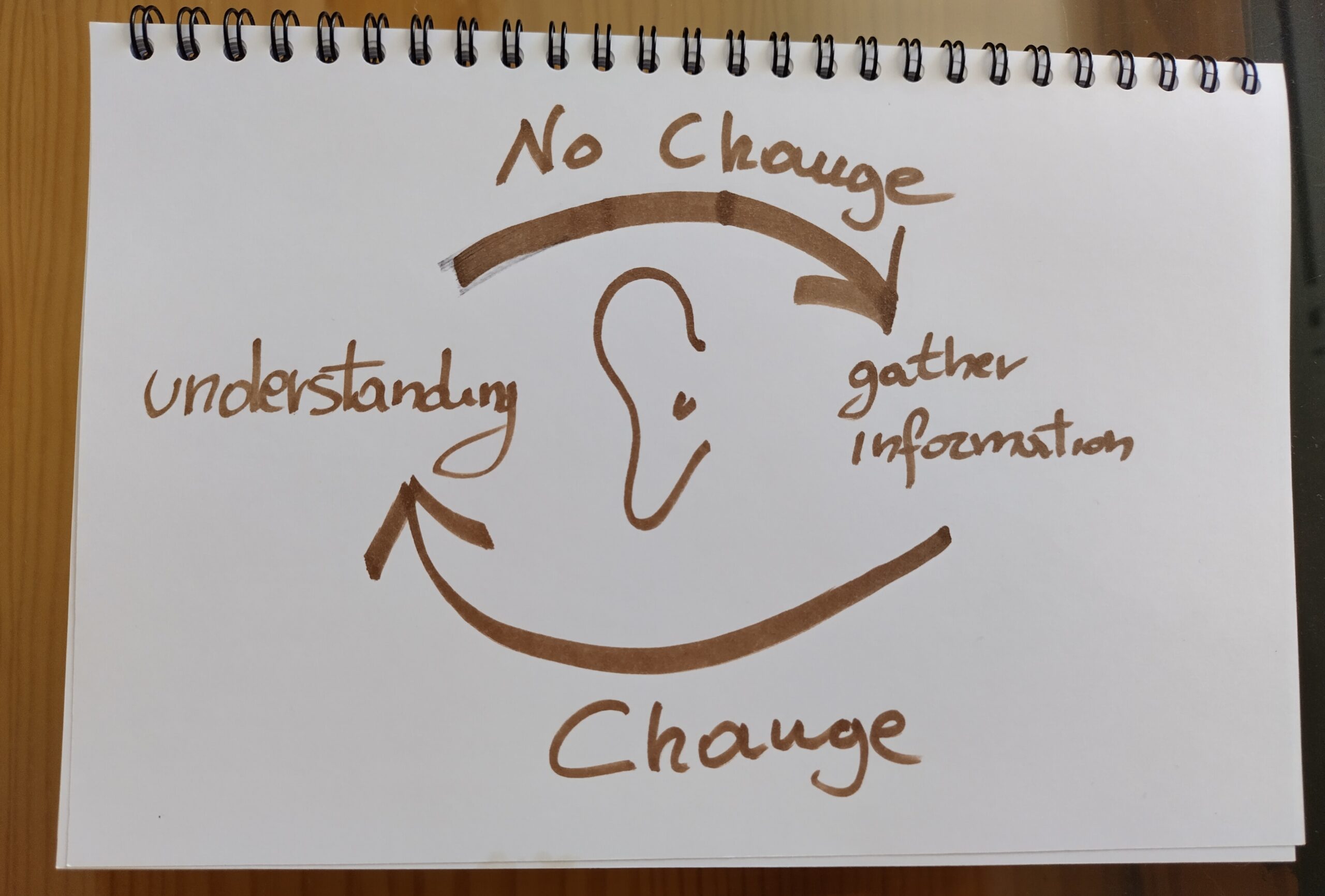The ethical challenges of Machine Interpreting
Machine interpreting (MI), like any emerging technology, presents a range of ethical challenges that require careful consideration and governance. As a tool designed to enhance communication and understanding across language barriers, it has the potential to significantly and positively impact various areas of human life, contributing to easy and affordable accessibility and inclusiveness. However, its … Read more








